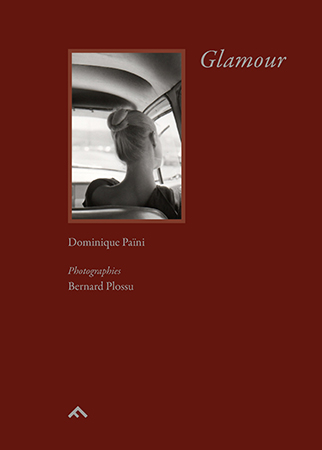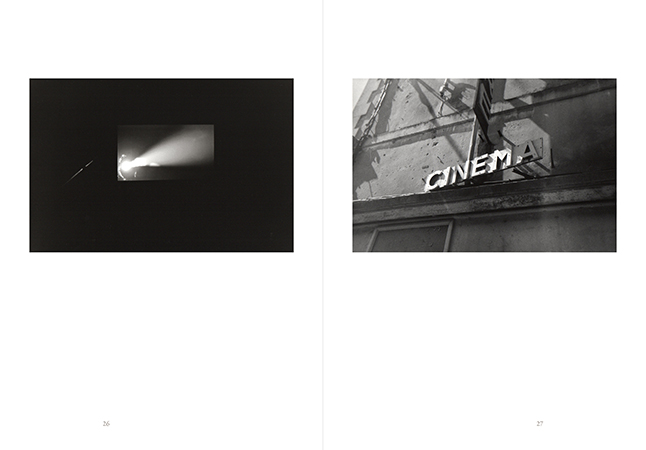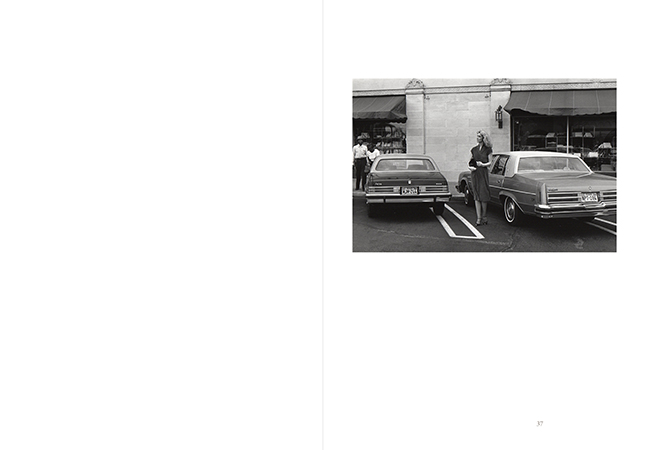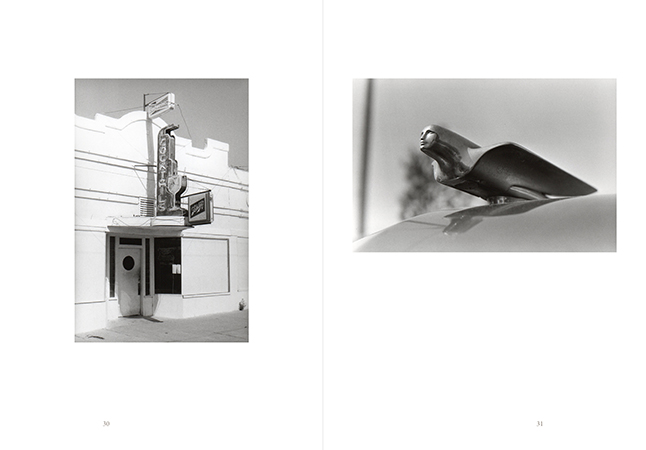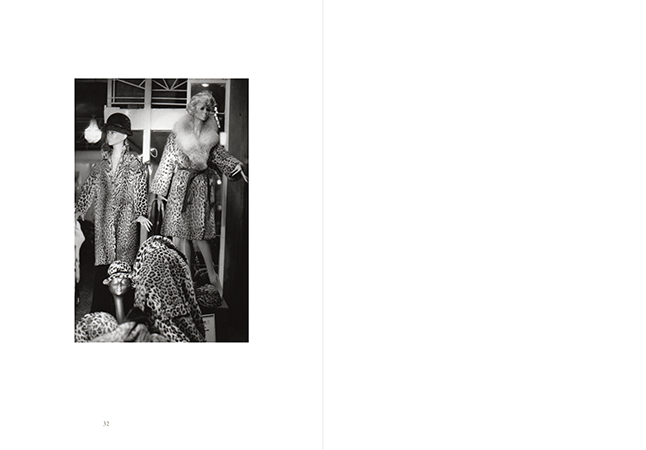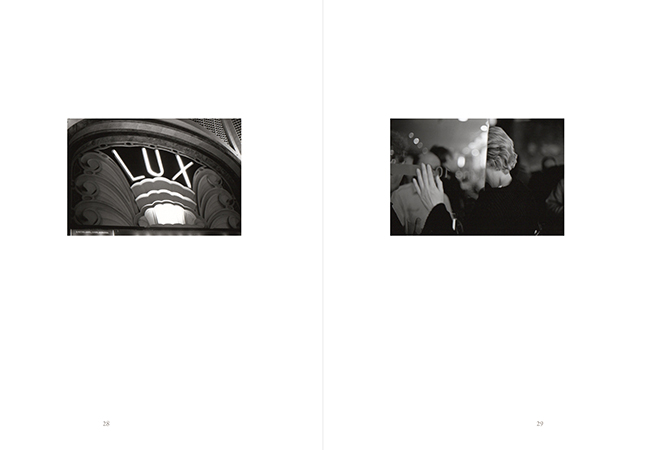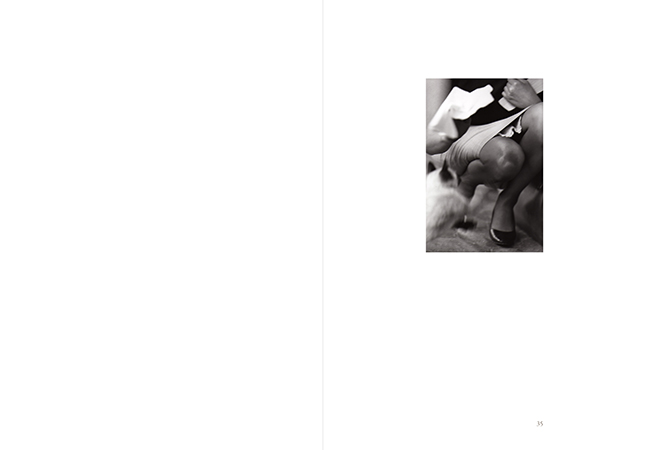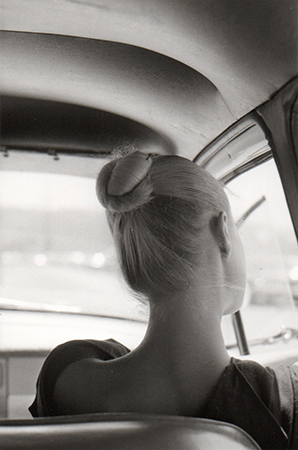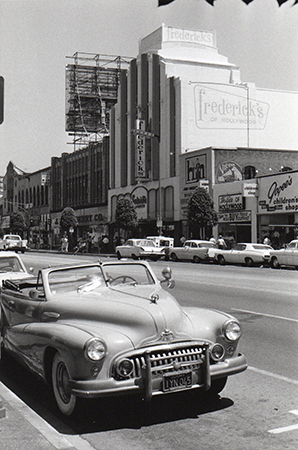This book brings together two visions, two looks, two sensibilities on this notion, almost a genre, of “Glamor”.
Book with four hands with Dominique Païni for the text and Bernard Plossu for the images. What links this assemblage, this duality is the cinema, because the word Glamor finds all its resonance there. The opening text, once luxuriously edited and graciously offered to the guests of the Cannes Film Festival in 2012 on the occasion of the 65th anniversary, was accompanied by photographs of movie stars.
The second text as stated by D. Païni The friendly and aesthetic closeness that I have maintained for many years with Bernard Plossu immediately gave me the idea to make him illustrate this “remake” was written for this book four years more Later.
- 30/05/2017 Bernard Plossu (The Good Life)
- 30/05/2017 Bernard Plossu (Le Télégramme)
- 05/05/2017 Bernard Plossu et Dominique Païni par Fabien Ribery (Le blog de Fabien Ribery)
- 30/04/2017 Bernard Possu et Dominique Païni par Nadia Ali Belhadj (Focus Numérique)
- 20/03/2017 Bernard Plossu par Dominique Païni (L'Oeil de la Photographie)
* Possible choice between two photographs, each drawn at 25 copies: silver prints on baryta paper 18 x 24 cm.
Bernard Plossu
Photographe
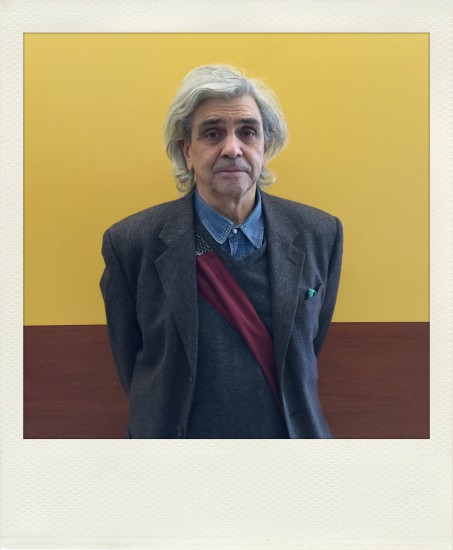
Plossu / Fuentes
Bernard Plossu, Marcelo Fuentes
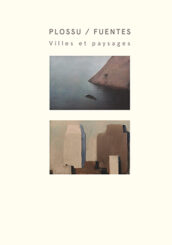
Hyères / Plossu
Bernard Plossu
Gilles A. Tiberghien, François Carrassan
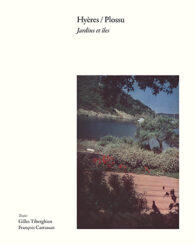
Plossu/Granet – Italia discreta
Bernard Plossu
Bruno Ely, Paméla Grimaud, Guillaume Cassegrain
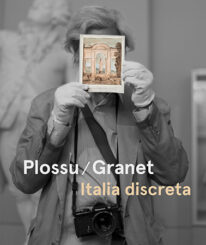
Pneus & A day with the Creeleys
Bernard Plossu
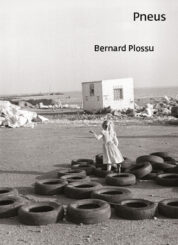
Düsseldorf
Bernard Plossu
Régis Durand
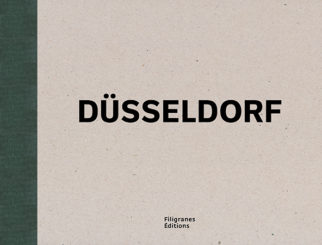
Roma
Bernard Plossu
Alain Bergala, Patrick Talbot
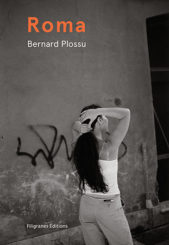
La prolongation du bonheur
Guillaume Geneste
Bernard Plossu
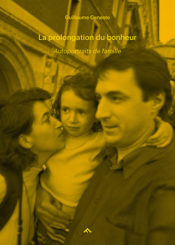
Glamour
Bernard Plossu
Dominique Païni
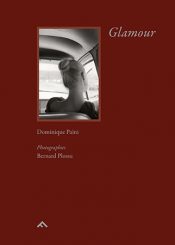
Denis Roche
Bernard Plossu
Jean-Christophe Bailly, Guillaume Geneste, Denis Roche
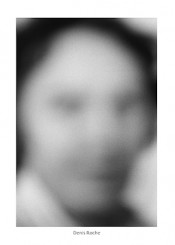
Le Havre en noir & blanc
Bernard Plossu
Annette Haudiquet, Aude Mathé
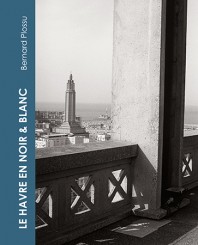
Photographier les jardins de Monet
Stephen Shore, Bernard Plossu, Darren Almond, Henri Foucault
Jeanne Fouchet-Nahas, Marina Ferretti Bocquillon
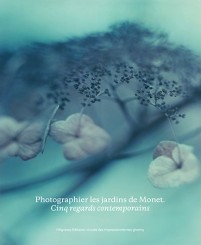
Le jardin de pierres
Bernard Plossu
Elisabeth Foch
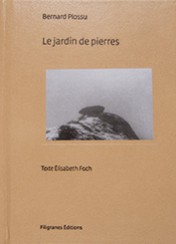
Tours et détours
Jesse A. Fernández
Bernard Plossu, Gabriel Bauret, Juan Manuel Bonet
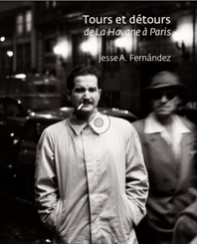
L’odeur du buis
Bernard Plossu
Gabriel Bauret, Farid Abdelouahab
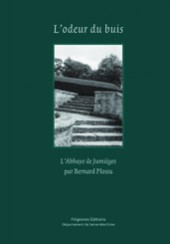
Monet intime
Bernard Plossu
Vanessa Lecomte, Diego Candil, Cédric Lesec
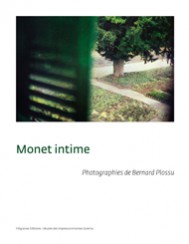
Nous avons fait un très beau voyage
Bernard Plossu, Françoise Nuñez, Jacques Borgetto, Sophie Zénon
Laura Serani
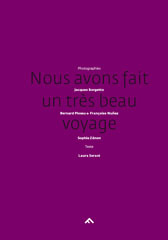
Avant l’âge de raison
Bernard Plossu
William Lord Coleman
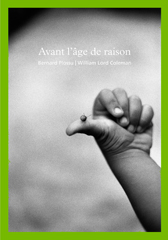
Entre/Vues
Bernard Plossu, Fabrice Dubreuil
Marc Donnadieu
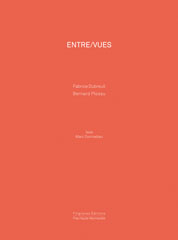
Damiers-Rayures
Bernard Plossu
François Carrassan, Emmanuel Guigon
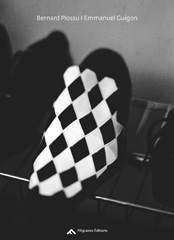
Hirondelles andalouses
Bernard Plossu
Jean-Christophe Bailly
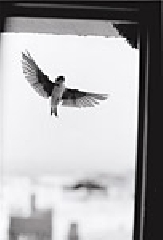
Saison # 10
Bernard Plossu
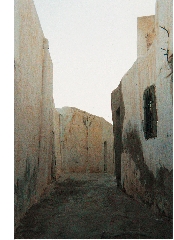
Le cinéma fixe ?
Bernard Plossu
Dominique Païni
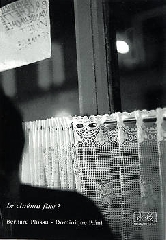
Lettre pour un très lent détour
Bernard Plossu
Joël Vernet, Philippe Arbaïzar

Où commence le ciel ?
Corinne Mercadier
François Seigneur, Bernard Plossu, Alain Fleischer, Charles-Arthur Boyer
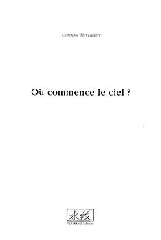
Dominique Païni
Auteur, Commissaire
Director of the Cinémathèque française from 1991 to 2000, and since then responsible for the multidisciplinary projects of the Center Georges Pompidou. Defends the cinema of authors like: Jean-Marie Straub, Michael Snow as well as Rossellini or Godard, it reaffirms that the invention of the cinema is a matter of author and artist. He affirms, more firmly than in his previous book, Le cinéma, a modern art, an approach to cinema based on figurative motives (idle, sculpted, frozen …), draws a first assessment of the experience of his Exhibition Hitchcock and art, and comments on contemporary attempts to move the cinema from its traditional site, from the room to the museum’s rails.
